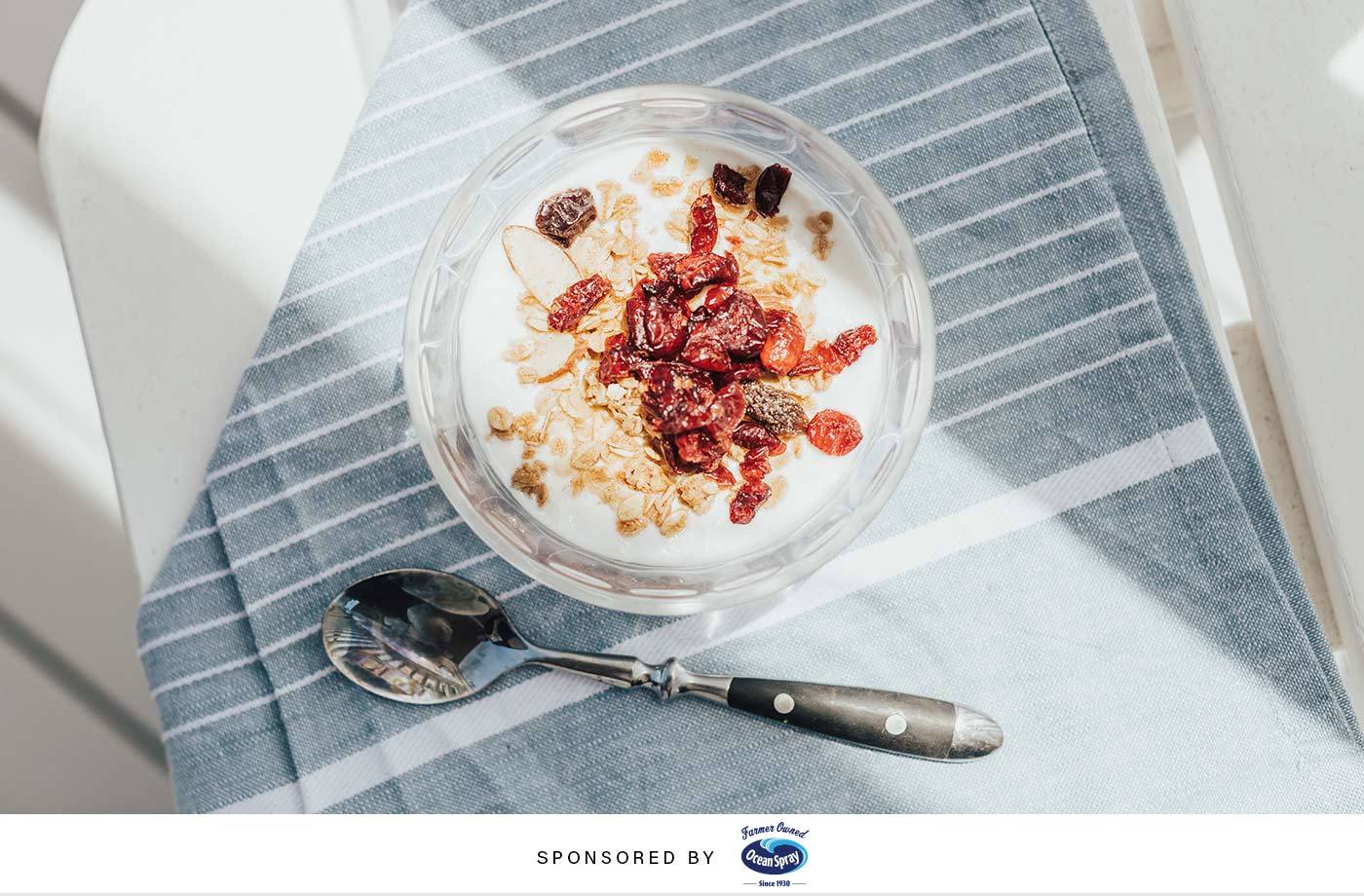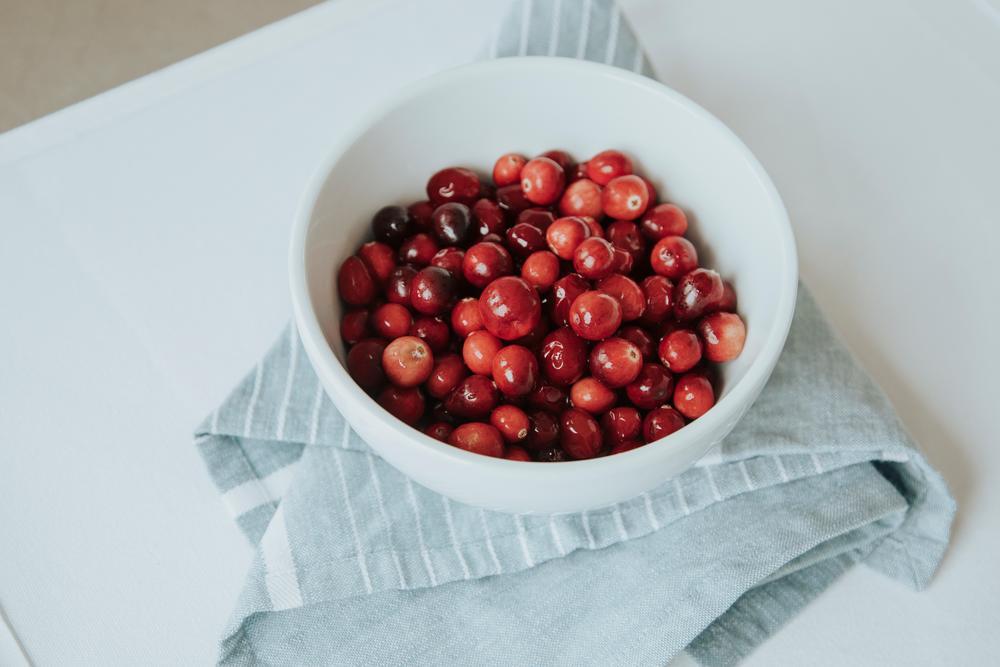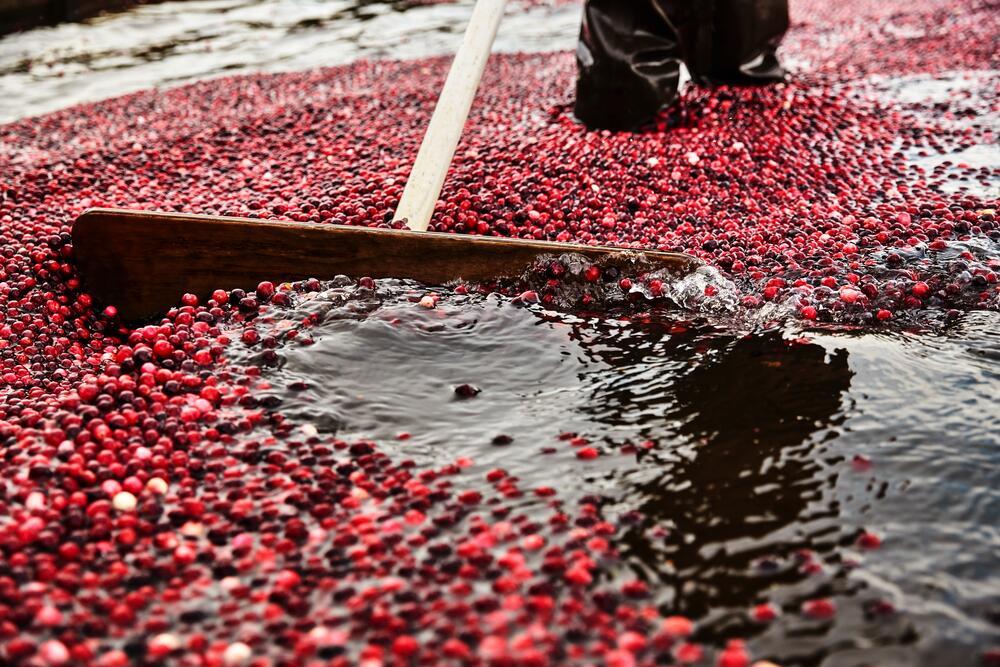
August 18, 2019 at 06:30PM by CWC
First there was acai. Then pomegranate. And remember camu camu? This time, however, the nutrition buzz is coming for a superfruit a lot closer to home: the cranberry (literally: it’s one of only three fruits native to North America).
But unlike some of the other fruit-wonders you’ve known and loved, this one is easily accessible at your own grocery store—and the benefits of cranberries live up to the hype.
“Cranberries are a nutritional powerhouse: rich in antioxidants, polyphenols, fibers, and vitamins,” says Christina Ferzli, head of global corporate affairs and communications for Ocean Spray, who previously worked alongside Michelle Obama on her Let’s Move initiative helping to develop nutritional guidelines for food companies. “Cranberries are higher in antioxidants than most fruits and berries—outranking nearly every fruit and vegetable including strawberries, spinach, and cherries.”
The antioxidant oomph is just the start, though—because cranberries have a whole rainbow of effects ranging from major sustainability chops, gut-friendly powers, and potential disease-prevention properties. Spoiler alert: You don’t even know how excited you’re about to get over a fruit.
Keep scrolling for more intel on the benefits of cranberries, plus 4 reasons to add them to your superfood rotation.
ADVERTISEMENT
ADVERTISEMENTKate Spade Autumn/Winter Sale |

See ya, inflammation
Aside from being a flavorful topping to your overnight oats, one of the main benefits of cranberries is that they’re a natural inflammation fighter—and that’s been linked to some pretty powerful research: “Cranberries have been found to not only help reduce inflammation that may lead to cancer, but also to block a wide range of enzymes that may contribute to the formation, growth, and spread of cancer cells,” Ferzli says, citing a cell culture study. (BRB, buying all the cranberries.)
Unique Nutrients
Blueberries are often touted as the antioxidant powerhouse—but cranberries actually have them beat, according to several studies. The bigger deal, though? Proanthocyanidins (PACs), which are a type of polyphenol, or phytonutrient found in plant-based foods.
Here’s the speed-dating version: There are different types of PACs. While blueberries have a lot of B PACs, cranberries are enriched in A PACs—and have more of those compared to other fruits. So what’s so special about A PACs?
See the research: “A PACs are unique in their anti-adhesion properties,” says Ferzli. “Cranberries have a unique type of PAC which prevents bacteria from sticking to certain cells in your body, like the cells along your urinary tract, and therefore can help prevent infection.” This is where the UTI-fighting rep comes in.
A gut-health helper
Instead of searching for something fermented, try sipping a glass of cranberry juice for a gut boost (who’s talking now, kimchi?). Cranberries also happen to be chock-full of prebiotic fibers that that help stimulate the growth of the good bacteria roaming around your gut.
ADVERTISEMENT
ADVERTISEMENTSports Direct Free Delivery on All Orders! |
According to some studies, “cranberry juice and cranberries have been shown to suppress the activity of several ‘bad’ bacteria in the stomach and digestive tract, and to protect against inflammation of the intestines,” Ferzli explains.
Plus, if you’re on a low fiber, animal-based diet, cranberries may help reduce the rise of certain gut bile acids linked to colon and gastrointestinal cancers, according to a recent study.

Sustainable moves
Bet you never knew your sustainable-living goals could start by choosing to eat one fruit over the other—but here we are. “Cranberries naturally grow in wetland habitats like bogs and marshes, where water is arguably the single most important natural resource,” Ferzli says.
Committing to regenerative agriculture is Ocean Spray farmers’ number one priority. “For example, the Ocean Spray farmers coordinate with their neighbors to move water from farm-to-farm before it is returned to natural water systems,” Ferzli adds. “This means water is conserved by sharing it between farms and reducing the amount of water drawn from natural water systems.”
In case these farmers weren’t already putting in enough work, they also rely on farm-water reservoirs that are replenished by rain water, says Ferzli. Proof that their hard work is actually giving back to the planet? Every one acre of Ocean Spray cranberry bog conserves five acres of surrounding wetland. From the planet-friendly bonuses to the nutritional boost, if you suddenly feel like wading through a cranberry bog—us too.
In partnership with Ocean Spray
Photos: Ocean Spray
Author Well+Good Editors | Well and Good
Selected by CWC
ADVERTISEMENT
ADVERTISEMENTUp to 30% off Gift Sets |




